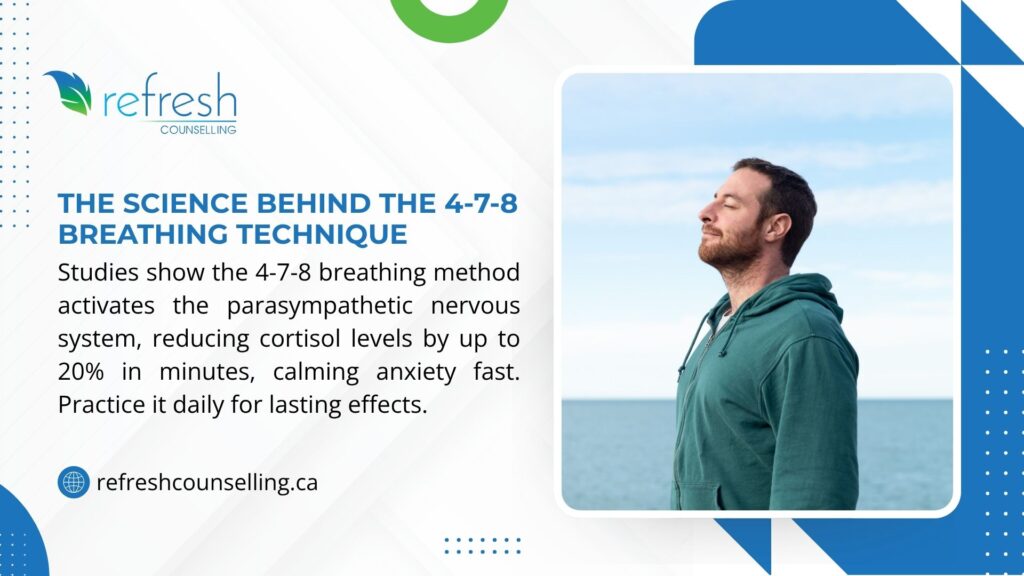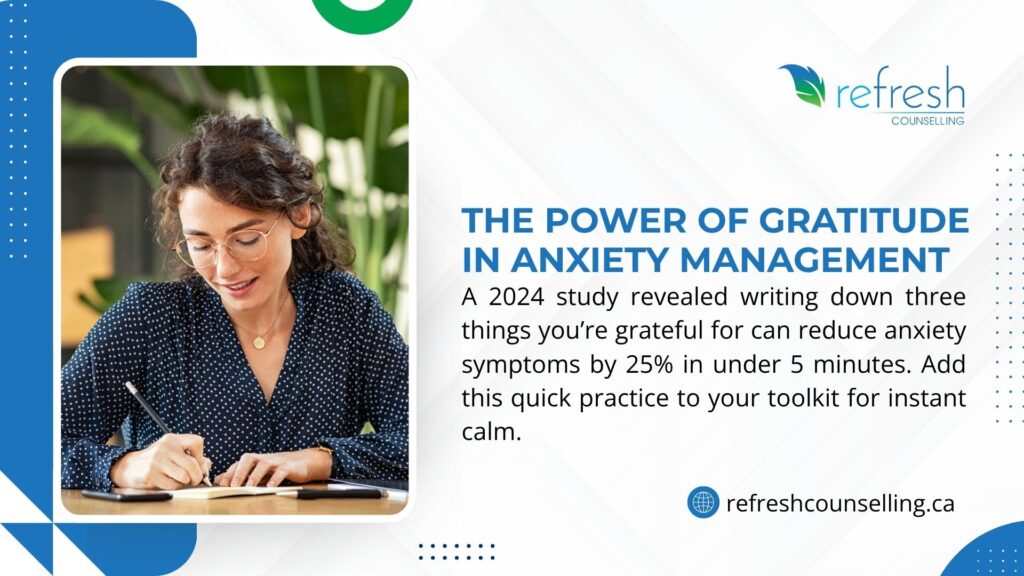Anxiety hits at the worst times. Right before that presentation. In the middle of the grocery store. At 3 AM, when you should be sleeping. And when it does, all that advice about meditation retreats and lifestyle changes feels pretty useless.
You need something that works now. Not tomorrow, not after you’ve rearranged your entire life – right now.
The truth is, there are ways to calm your nervous system quickly when panic sets in. These are techniques that can genuinely help when you need to know how to reduce anxiety immediately.
What’s Actually Happening When Anxiety Strikes
Your body thinks it’s in danger. That’s really what it comes down to. Your brain can’t tell the difference between a real threat and worrying about paying bills, so it floods your system with the same chemicals our ancestors needed to outrun predators.
Heart racing, muscles tense, thoughts spinning – your body is literally preparing to fight or flee. Except there’s nothing to fight and nowhere to run, so all that energy just sits there making you miserable.
The good news is that you can work with your body’s natural systems to dial things back down.
Real Techniques That Work Fast
Breathe (But Do It Right)
Everyone says “just breathe” when you’re anxious, which is about as helpful as telling someone with a broken leg to “just walk.” But there’s actually a specific way to breathe that works.
Try the 4-7-8 pattern. Breathe in for 4 counts, hold it for 7, breathe out for 8. Do this three or four times. The long exhale is what matters here as it tells your nervous system to chill out.
Get Really Cold, Really Fast
This sounds weird until you try it. Grab some ice cubes, splash cold water on your face, or stick your head in the freezer for a few seconds. Cold temperatures trigger something called the dive response that automatically slows your heart rate.
It’s not comfortable, but it works incredibly fast when nothing else will.

The 5-4-3-2-1 Reality Check
When your brain is busy imagining disasters, you need to drag it back to what’s actually happening. Look around and find:
- 5 things you can see
- 4 things you can touch
- 3 things you can hear
- 2 things you can smell
- 1 thing you can taste
This forces your mind to focus on real, concrete stuff instead of all the terrible scenarios it’s cooking up.
Move Something, Anything
Your body has all this fight-or-flight energy with nowhere to go. Give it somewhere to go. Do jumping jacks in your bathroom, walk around the block, stretch your arms up high, and shake your hands out.
Moving helps burn off some of those stress chemicals that are making you feel awful.
Question the Panic Stories
Your anxious brain loves to tell stories about everything that’s going wrong or might go wrong. Most of these stories are total nonsense, but they feel very real when you’re in the middle of them.
Try asking yourself: “What would happen if this thought weren’t true?” or “What’s the most likely outcome here, really?”
Sometimes your anxiety is actually trying to tell you something important. Emotions aren’t always problems to solve—sometimes they’re messengers about what you need or what boundaries you should set.

The Emergency Stop Button
When thoughts are spiraling out of control, try this: Stop whatever you’re doing. Take one deep breath. Notice what’s happening without trying to fix it. Then decide what to do next.
That pause between “something’s wrong” and “I must panic about it” is where you have some power.
Picture Yourself Somewhere Else
Close your eyes and go somewhere calm in your mind. Your childhood bedroom, a beach you visited once, your favorite coffee shop. Make it as detailed as possible – what does it smell like? What sounds do you hear?
Your brain responds to vivid mental images almost like they’re real, which can give your nervous system a break from whatever it’s freaking out about.
Quick Panic Toolkit
| What to Try | How Long | When It Helps Most |
| 4-7-8 breathing | 1-2 minutes | Racing thoughts |
| Ice/cold water | 30 seconds | Physical panic symptoms |
| 5-4-3-2-1 technique | 2-3 minutes | Feeling unreal or disconnected |
| Quick movement | 30 seconds-2 minutes | Restless, trapped feeling |
| Mental imagery | 2-5 minutes | Need a mental break |
Finding What Works for You
Not every technique works for every person. Some people need the physical stuff like cold water or movement. Others do better with breathing or mental strategies. You’ll probably need to try a few different things to figure out your personal anxiety toolkit.
Keep a short list of what works somewhere you can find it easily. When you’re in full panic mode, your memory doesn’t work great, so having a cheat sheet helps.

When These Tricks Aren’t Cutting It
Learning how to reduce anxiety immediately is super helpful, but sometimes you need more than emergency techniques. If you’re having to use these strategies every day just to get through, or if anxiety is messing with your job, relationships, or sleep, that might be a sign to get some backup.
Professional help is about getting tools that work for your specific situation and maybe figuring out why anxiety keeps showing up in the first place.
Therapy can actually help you move from anxiety to empowerment instead of just white-knuckling through every day.
Get the Professional Help You Deserve
These quick fixes can absolutely help when anxiety hits, but what if you didn’t have to live on high alert all the time? What if you could actually enjoy things without your brain immediately jumping to everything that could go wrong?
At Refresh Counselling, we help people understand their anxiety and develop real, lasting strategies that go way beyond emergency management. We get that everyone’s anxiety is different, and cookie-cutter approaches don’t work.You deserve to feel calm and confident, not constantly braced for the next wave of worry. Reach out to Refresh Counselling, and let’s figure out how to help you actually enjoy your life again.
